English not your preferred language? Read this Trend Briefing in: ![]() Français 中文
Français 中文 ![]() Nederlands
Nederlands ![]() Türkçe
Türkçe ![]() Español
Español ![]() Português
Português ![]() Deutsch
Deutsch ![]() 한국어
한국어
First published in February 2011 | As rapid urbanization is one of the biggest macro trends of our time, you can't go wrong innovating for existing and newly minted 'CITYSUMERS' around the world. Enjoy!
The future consumer arena is urban.

We flagged URBANOMICS as one of our 11 Crucial Consumer Trends for 2011, but given urbanization is one of the absolute 'mega macro' trends for the coming decade, here's a dedicated Trend Briefing focusing on just one of the implications of rampant urbanization: the rise of the CITYSUMER. A definition:

CITYSUMERS | The hundreds of millions (and growing!) of experienced and sophisticated urbanites*, from San Francisco to Shanghai to São Paulo, who are ever more demanding and more open-minded, but also more proud, more connected, more spontaneous and more try-out-prone, eagerly snapping up a whole host of new urban goods, services, experiences, campaigns and conversations.
* To be absolutely clear, in this briefing we focus on urban consumers who have some level of disposable income. We'll save a full briefing to examine BOTTOM OF THE URBAN PYRAMID consumption in emerging markets, which brings its own challenges (and often-overlooked opportunities) for businesses. Equally we're certainly not just referring here to the somewhat mythical (and certainly over-hyped) transnational elite – just how many “global nomads” are there? ;-)
Here are just three drivers behind the CITYSUMERS trend:
- The huge increase in the number of urban dwellers all around the world (URBAN BOOM).
- The ever-increasing wealth and power of cities and those who live in them (URBAN MIGHT).
- The spread of urban culture and values (URBANE).
Serving these CITYSUMERS obviously requires brands to tailor products and campaigns to savvy urban audiences: for anything from practical reasons (offering appropriate shapes, sizes and features of urban goods and services) to showing the brand 'gets' it (addressing busy and diverse lifestyles) to contributing to the quest for social and environmental sustainability.
But first, a bit more detail on the growing urban consumption arena:
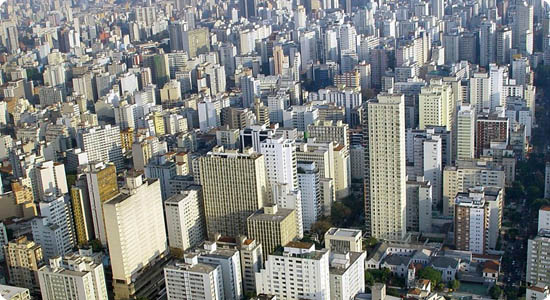
- If it wasn't for China (43%), Africa (33%) and India (29%), the world would already be significantly more urbanized than the 50.5% it is today. (Source: CIA The World Factbook, 2010.) And China, Africa and India are all set for immense urbanization in the next few decades to come.
- Close to 180,000 people move into cities daily, adding roughly 60 million new urban dwellers each year. (Source: Intuit, October 2010.)
- By 2050, the global urban population is expected to be 6.3 billion, or 70% of the population at that time. (Source: UN, 2009.)
- By 2030, China will have an urban population of 1 billion, and India 590 million. Currently, Europe's urban population is 533 million. (Source: McKinsey forecast & UN data, 2009-10.)
- By 2030, China will have 221 cities with more than 1 million people, and India will have 68. In 2010, Europe has 35. During this period, 400 million Chinese and 215 million Indian will move to urban areas, more than the population of the US and Brazil combined. (Source: Foreign Policy, August 2010.)
- One more nugget: In January 2011, Chinese city planners proposed merging the nine cities around the Pearl River Delta into a single metropolitan area, containing some 42 million people: more than Argentina, and covering an area 26 times bigger than Greater London. (Source: Reuters, January 2011.)
The big difference between tomorrow's urban world and today's? There will be more cities, some of which will be both newer and bigger than ever. So, while 'traditional' global powerhouses such as New York, London and Paris are already sharing the stage with Beijing, Mumbai and Istanbul, increasingly cities such as Belem, Chongqing and Guadalajara are ready to make their mark. More on this in 'URBAN MIGHT':

Just 100 cities account for 30% of the world's economy, and almost all its innovation. Many of these engines of globalization, their enduring vibrancy coming from money, knowledge, and stability, are world capitals that have evolved and adapted through decades if not centuries of dominance (Source: Foreign Policy, August 2010).
Rich in networks and opportunities, these vast hyper-productive, hyper-consumptive centers act as magnets, sucking in talent and spewing out innovation: Hong Kong receives more tourists annually than all of India. Tokyo and New York have an estimated GDP similar to those of Canada or Spain, while London's GDP is higher than that of Sweden or Switzerland. (Source: UN Habitat, 2010). Paris, Lisbon, Brussels, Budapest and Seoul all account for more than 25% of their respective national economies. (Source: UN Habitat, 2010).
In the coming decades, they will be joined by many new and/or bigger cities, and these cities will also be host to an increasing concentration of global and national wealth, talent and creativity:
- Indian cities are forecast to generate 70% of new jobs created to 2030, produce more than 70% of Indian GDP, and drive a near fourfold increase in per capita incomes across the nation. By 2030, India will have 91 million urban, middle class households, up from 22 million in 2010. (Source: McKinsey Global Institute, April 2010.)
- China's Academy of Sciences estimated that for every 1% increase in urbanization, China can expect a 1.6% increase in the contribution made by domestic demand to China's GDP. (Source: Deloitte, June 2010.)
- Shanghai's economy represents over 13% of China's total GDP, despite having less than 2% of the population. (Source: UN Habitat, 2010.)
- The number of African households with discretionary income is projected to rise by 50 percent over the next 10 years, reaching 128 million. By 2030, the continents' top 18 cities could have a combined spending power of USD 1.3 trillion. (Source: McKinsey, June 2010.)
- Delhi, Shanghai, São Paulo and Moscow are each expected to reach a GDP in excess of USD 500 billion by 2025—more than the GDP of entire nations such as Indonesia or Belgium today. (Source: McKinsey, December 2010.)
The result? A global emerging middle class numbering some 2 billion, who currently spend USD 6.9 trillion a year. Over the next decade, this is forecast to increase to USD 20 trillion, double current US consumption. (Source: McKinsey, July 2010.)
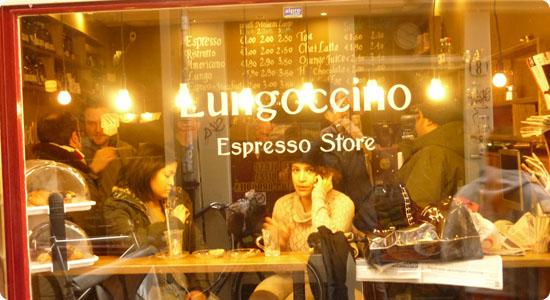
Back to CITYSUMERS. Consumption-wise, the fast pace and ever changing nature of urban life guarantees CITYSUMERS an endless number of new and fleeting social connections, experiences and (commercial) temptations. All of which means that CITYSUMERS are addicted to the here-and-now, experiences, choice and freedom, flexibility and rawness, unrestricted opportunity, and yes, the hunt for the Next Big Thing if not the Next Big Story. In fact, urban culture is the culture these days*.
Here are some quick indicators of urbanites' spending power and behavior:
- The average Manhattanite household spends 59% of their USD 13,079 food budget on dining out, compared to the average American household that spends only 42% of their USD 6,514 food budget on dining out. (Source: Bundle, May 2010.)
- Even four years ago, Harris identified 'Urban Hustlers' (who comprise 21% of US consumers aged 12-34), spend close to USD 9 billion (10% of their annual spending), on recreational activities. Urban Hustlers are spending, on average, over USD 100 more than the non-urban population monthly, with their overall discretionary spending reaches USD 383 per month. (Source: Harris Interactive, June 2007.)
- The lifestyle of urban Chinese consumers has changed from a “survive” mentality to an “enjoy life” one, with 54% now pursuing a more fun lifestyle. (Source: GfK Roper, 2010.)
- Only 17% of Chinese urban dwellers say they are 'reluctant to spend money'. (Source: Economist Intelligence Unit, August 2010.)
* Not just because of mass urbanization, but also because widespread online access enables remote rural audiences to participate in urban culture.
MATURIALISM obviously comes into play here, too: Constantly exposed to a wide variety of alternative lifestyles and experiences, CITYSUMERS tend to be more open-minded. Just one telling nugget: In August 2010, a Voice of India poll showed that almost a third of Indians in Bangalore and Mumbai support same-sex partnerships, a figure that would have been unheard of only a few years ago**.
All of this means that a large URBANE audience is up for brands that challenge, thrill, titillate, or even shock (just as long as it's done in the best possible taste ;-). At the very least, brands need to show some personality, loosen up and embrace urban culture, in all its gritty glory. Risky? Yes. But not as risky as being bland.
** No, we're not suggesting that every CITYSUMER is enthusiastically and overwhelmingly liberal, but as we saw in MATURIALISM, the clear (if gradual) global social trends are towards more tolerant attitudes towards abortion, euthanasia, casual sex, homosexuality, drug use, women's rights, etc. More diverse living arrangements and the removal of many of the traditional social structures in cities is a big part of this.
Enough stats and theory: here are some examples of brands delighting CITYSUMERS around the world in innovative ways:
In thriving mega-cities, whose economic and cultural power already often surpass that of entire nations, CITYSUMERS' identities will often be closely tied to a city's culture, its brand, its heritage, its 'being'. This means that for brands, delivering city-specific products, services and communications that truly capture a city's character will be a great, human and fun way to pay respect to CITYSUMERS (especially if those brands are considered big, impersonal and 'corporate').
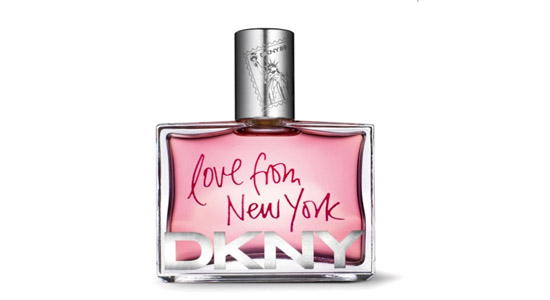
- Fragrances are a popular way to capture a city's essence. High-end US fashion brand DKNY released a fragrance "Love from New York for Women", while the city of Beverly Hills created their own line of three scents that are meant to "evoke what life is like for the Beverly Hills woman". And then there's New York's Bond No.9 launch of High Line, a fragrance inspired by the New York neighborhood experiment. Dubbed as "The World's First Railroad Perfume with the scents of wildflowers, green grasses ... and urban renewal."
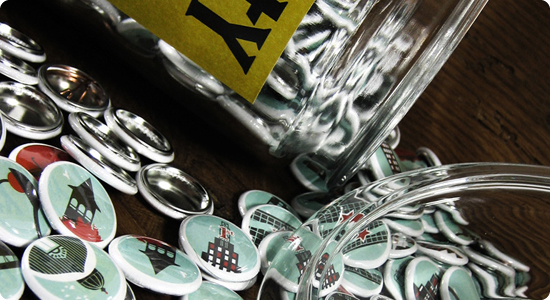
- Minneapolis design firm Workerman created city in a jar which contains a jar full of Minneapolis icons on pins; each jar is filled with 600 pins with 20 different hot spots from the city. Minneapolis was the first city to be 'bottled' and there are more to come.
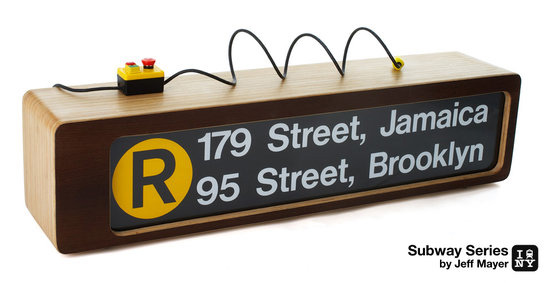
- 718 Made in Brooklyn is an urban furniture design company based in New York. In May 2010, "The Subway Series" was unveiled at the BKLYN Design Show in Brooklyn. The work consists of decommissioned subway signs that had been recycled and turned into lights, for CITYSUMERS to place within their home.
- The Spanish candle brand Cerabella has launched a range of candles inspired by the different districts of Barcelona, from La Rambla to El Raval.

- The Absolut Cities Series was first launched in New Orleans, when the brand developed a special mango and black pepper blend inspired by the city. The taste of Boston saw the brand launch a black tea and elderflower vodka that has a backdrop reminiscent of Fenway Park's Green Monster, while 2010's Absolut Brooklyn was a red apple and ginger flavored vodka with a Spike Lee-designed brownstone themed bottle.
- The final edition of Adidas' City Collection was released in December 2010, paying homage to the city of Birmingham and its famous Cadbury chocolate factory.
Related to limited (city) editions: With online access making everything available to consumers from Atlanta to Adelaide, impose an oft-forgotten scarcity through LIMITED LOCATION products. The upside? That scarcity will be reflected in CITYSUMERS' engagement, excitement and ultimately their willingness to pay premium prices ;)
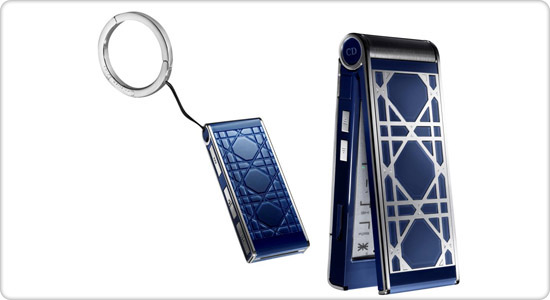
- Check out Dior's very expensive Shanghai Blue Phone, only available in Shanghai stores, for a great example of how LIMITED LOCATION doesn't mean limited prices.
- Japanese Fashion brand BAPE sells some of its limited edition lines only in stores in Tokyo (Harajuku), Kagoshima, Nagoya and Matsuyama.
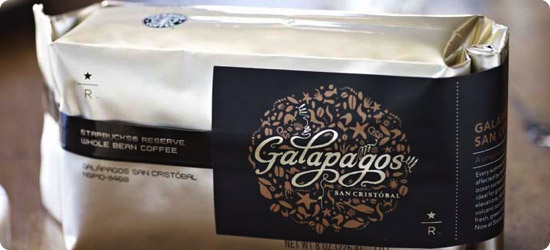
- In August 2010, Starbucks announced the launch of a new range of ultra-premium, single-origin coffees that will be only available in limited quantities in metropolitan markets including: New York City, San Francisco, Los Angeles, Washington D.C. and Miami.
Or how about taking it right down to the neighborhood level? With mega-cities becoming ever bigger, intra-URBAN PRIDE offers the ultimate in extreme urban expression:
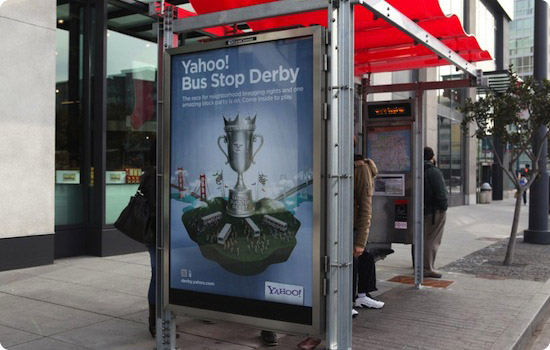
- In December 2010 in San Francisco, Yahoo! installed digital screens into 20 bus shelters across the city on which commuters can play video games against each other. Passengers identify which of the 20 specified neighborhoods they would like to represent when playing, and the one that wins the two month long contest will be rewarded with a music block party featuring the band OK Go.

- In October 2010, Adidas launched a game challenging footballers to capture cities. Connecting via Facebook, players pick their city (which is divided into hundreds of areas) and then try to claim each segment through one-on-one battles.
As we saw in our MASS MINGLING briefing, despite ever-increasing amounts of time spent online, audiences aren't retreating into virtual worlds. Au contraire, CITYSUMERS will forever enjoy connecting with other, real-life human beings, and embrace the choice, the excitement, the frenetic pace, the spontaneity, the chaotic vibrancy offered by urban life. In fact, 'online' (especially with smart phones being the new laptops) increasingly drives and enables offline encounters:

- Geomium is an iPhone app launched in September 2010 in London that informs the user of where their friends are, what events are on in their area, as well as helping them discover local bars, restaurants and places of interest.
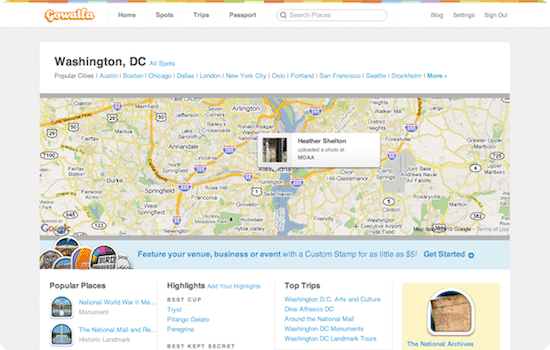
- Foursquare competitor Gowalla decided to curate their content for select cities via City Pages. These pages provide a display of popular places, what's "hot now," highlights from a variety of venue categories (e.g. best burgers, best coffee), and even coordinated trips throughout these urban areas.

- German company Locamap GmbH provides gay men with a guide to cities across Germany, Austria, USA and the UK.
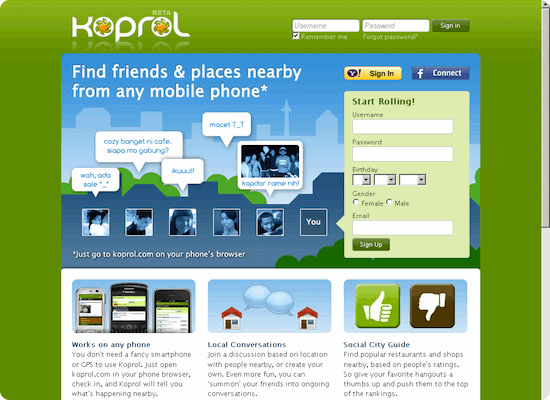
- In May 2010, Yahoo! bought Indonesian social networking service Koprol that allows users to connect based on location. Mobile users can post a 200 character status message and use the site as a positioning service, without the need for a GPS receiver. Once logged in, users can see other members who are in the same location.
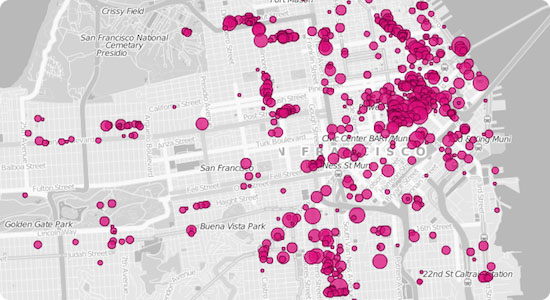
- US based Ratio Finder, launched in mid 2010, uses Foursquare's API to show a heatmap with blue and pink bubbles, the size and color intensity of which displays the sex ratio of the check-ins at various restaurants, bars and entertainment venues.
Surrounded by the urban panoply, many time-starved, choice-rich, smartphone clutching CITYSUMERS look to brands to bring them ever more varied and instantaneous experiences, especially if those experiences are fast-paced, transient interesting, physical, interactive etc. Some recent examples:

- In November 2010, US luxury label Ralph Lauren showcased a 'four dimensional' display on the facade of its stores in New York and London to celebrate the tenth anniversary of RalphLauren.com. Montages of Ralph Lauren imagery were projected onto the buildings and the audience could 'feel' the images floating into the space towards them. The images were combined with music and fragrances for an extra special experience.
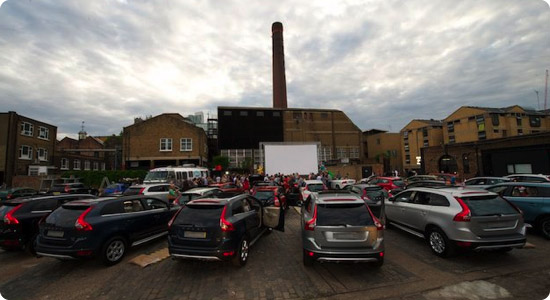
- In July 2010, Volvo London's Starlite Urban Drive-In featured a full-sized, outdoor screen along with 25 pre-parked Volvo cars, ready for patrons' viewing, reminiscing and snacking pleasure.

- As part of London's Design Festival in September 2010, German car manufacturer Audi unveiled eight robotic arms from their factory and put them on show in Trafalgar Square. Users who visited Outrace.org could send a message to the robots, which was then traced in the air with LEDs.

- Adidas has added Hamburg to their Urban Art Guide app, following the success of the Berlin edition which highlighted the city's best graffiti spots.
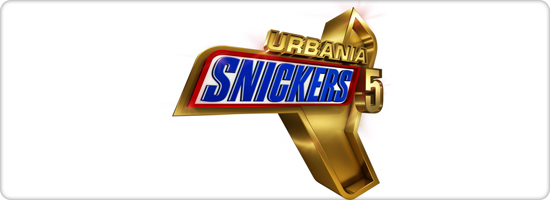
- Snickers, the chocolate bar brand, host festivals of youth street culture in various cities across Russia and Mexico. 'Snickers Urbania' features nearly all major areas of street culture: extreme sports, graffiti, breakdancing, beatbox, freestyle, and encourages young people to express themselves and their talent.
So, with URBANE audiences embracing products, services and experiences that are more daring, more mature, or just more relevant to urban culture, here are a couple of examples that PUSH THE URBAN ENVELOPE that bit further:
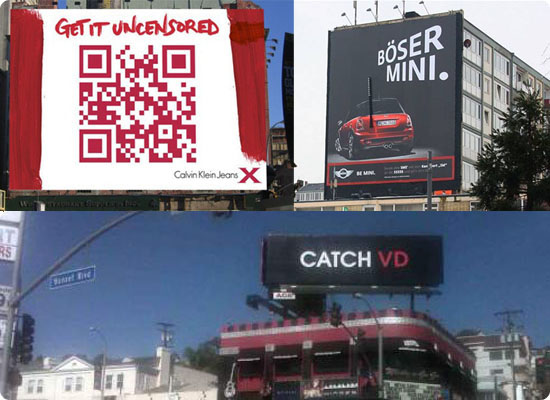
- In July 2010, Calvin Klein posted a large QR code across two billboard locations in New York City. Passersby who used their mobile smart phones to capture the QR code were then shown a 40-second ad featuring model Lara Stone.
- Also in July 2010, Mini Cooper launched an interactive billboard campaign in the red light district of Hamburg, featuring the back of a Mini with an automated S&M whip hanging over the back that could be triggered to 'spank' the vehicle.
- In January 2011, the CW network released a series of teaser billboards for their Vampire Diaries show. The billboards originally said "Catch VD" with no other explanation. Later, the billboards were updated with Vampire Diaries content. When asked for comment, CW’s spokesperson released this statement: “VD simply stands for Vampire Diaries, and anyone who thinks otherwise should probably get themselves checked out" ;-)
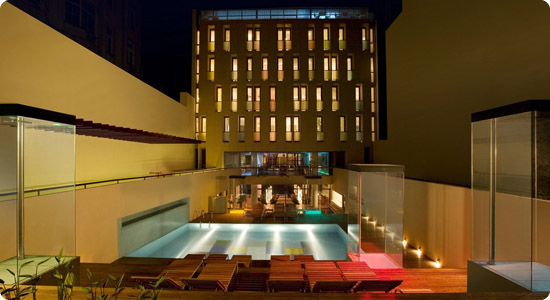
- Axel Hotels, the Spanish based 'hetero-friendly' boutique hotel chain, has partnered with New York based Parkview Developers to launch a resort in New York targeted at the gay community. The resort, called Out NYC Urban Resort, will have an Axel Hotel, a spa, several restaurants and bars, stores and a dance club that opens seven nights a week. Currently, Axel has hotels in Barcelona, Berlin and Buenos Aires.
Cities are increasingly seen as a solution to the quest for environmental sustainability, with high density living promoting a more efficient distribution of resources (although not everyone agrees).
Indeed, urban environments offer forward-thinking brands a whole host of opportunities to delight eco-conscious CITYSUMERS:
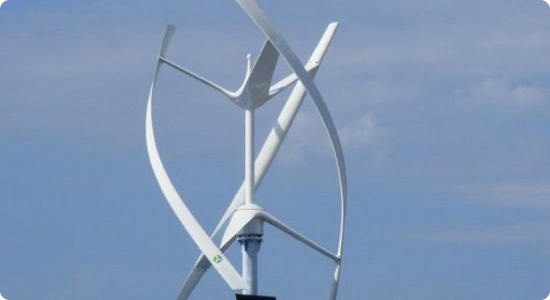
- In September 2010, US based Urban Green Energy launched a wind turbine called eddy GT. The product boasts a special vertical axis design that enables power to be generated without making much noise and regardless of wind direction. The turbine was specifically designed for city rooftop use.

- Meanwhile, the Greenerator is a compact solar and wind energy device that is designed to be installed on an apartment balcony.
- bring.BUDDY is a program, due to be tested out by US courier company DHL early in 2011, that recruits city dwellers to deliver packages along the urban routes they'd be taking anyway.

- In May 2010, German car manufacturer Daimler AG launched a temporary exhibition called smart urban stage to promote its smart fortwo electric drive series. 'smart urban stage' was a global exhibition and included the cities of Berlin, Rome, Zurich, Paris, Madrid and London.

- In December 2010, Japanese car manufacturer Mitsubishi partnered with appliance chain Yamada Denki to sell its i-MiEV electric vehicle from 17 stores within the Tokyo area. Mitsubishi has sold 3,000 i-MiEVs in Japan since sales began in April 2010, but is hoping to boost these figures by taking the vehicle in-store.

- BMW has announced it will be bringing its first electric series to market in 2013. The Megacity Vehicle (MCV) will be released under a sub-brand and positioned as a zero emission car designed for city living. The car will be made in-house with materials that are ultra light yet high in strength.
- In June 2010, a prototype of an environmentally-friendly black cab was unveiled in London. It runs on a hydrogen fuel cell system, converting hydrogen into electricity with the only emission being water vapor. The plan is to have 150 of these cabs running on the road in time for the Olympic Games in 2012.
- In April 2010, Honda announced its intentions to bring its first EV-neo electric scooter to the Japanese market in 2010. The lithium ion battery-powered scooter is designed for short delivery trips around Japan's busy cities including pizza or newspaper deliveries.
If 'mega-city' spells throngs, noise, cramped quarters, concrete and foul air, it also spells ESCAPE. Brands focusing on enabling CITYSUMERS to temporarily leave the city and enjoy some peace and quiet with nature and clean air thrown in, will come up with service innovations forever. Just one example:
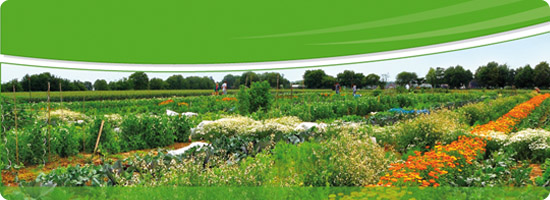
- Meine Ernte, a German agricultural start-up, is offering couples and families the opportunity to rent plots of land for farming vegetables near six of the largest cities in the country, including Frankfurt and Bonn. Tools and advice from an expert farmer are included ;)
For those CITYSUMERS unable to escape, how about bringing peace and quiet, greenery, and other rural qualities to the city? Here's one fun example:

- In October 2010, US based property developer The Albanese Organization announced that it has launched a collaboration with Holton Farms to deliver fresh, local produce to the residents of its properties in New York every week.

Urban living, with its premium on space, means that for many CITYSUMERS, owning bulky, irregularly used items is inconvenient, if not unnecessary. Easier access to public services or even private objects is creating a culture where ownership is increasingly a choice to be considered. Furthermore, an OWNER-LESS model also allows CITYSUMERS not having to sink large parts of their budgets into a small number of high-price tickets, freeing up money to be spent on a multitude of experiences:

With the huge number of car and bike sharing schemes around the world, successful new entrants into this crowded space are likely to be supported by a big brand or local authorities, innovative, super-eco-friendly or indeed many (or even all) of these at once ;)
- German auto manufacturer Daimler's Smart car2go car-sharing service.
- France's OKIGO, a collaboration between VINCI Park and Avis.
- Peugeot's Mu 'mobility' service that rents cars, scooters, vans or even bicycles.
- New York's Department of Transportation's partnership with Zipcar to share hybrid cars between employees and the public.
- SoBi, the first public bike share system where the authorization, tracking and security systems are attached to the bicycle itself.
- Spride Share, launched in California in September 2010, that allows car owners to offer their vehicles to others for private rental.
- Fiat offering electric bikes on loan to customers whilst their cars are being repaired in five Spanish cities.
- Autolib, one of the first electric car-sharing set to be launched by the city of Paris in 2011.
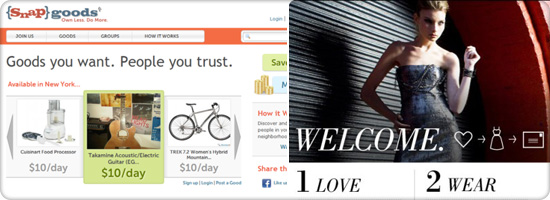
- But it's not just big-ticket items. Savvy, wired urbanites increasingly have temporary access to almost everything. New York, with its vast market of super-spontaneous and seriously space-deprived consumers has ever more options for those CITYSUMERS who can't, or don't want to purchase items. Snapgoods, enables people to rent other people's belongings, while Rent the Runway allows women to rent designer dresses (with same-day delivery available in NYC).
As the question of ‘TO BUY OR NOT TO BUY’ has spread to cities everywhere, we'll take a look at the rise of SHARECONOMICS in a future briefing.
CITYSUMERS is the trend that keeps on giving for any business professional obsessed with fun/practical/meaningful innovation. You will undoubtedly have noticed that many innovations covered in previous briefings can be applied to create products, services, experiences or campaigns that are tailored to the very specific (and often more refined, more experienced, more demanding) needs of urbanites worldwide.
So here's one last round of examples, representing CITYSUMER-compatible trends like NOWISM, PLANNED SPONTANEITY, BRAND BUTLERS, and RANDOM ACTS OF KINDNESS:
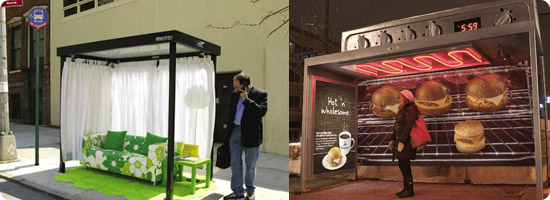
- More on bus shelter branding: for one week In December 2010, Parisians waiting to catch the bus had the opportunity to wait in comfort as Swedish furniture giant IKEA had decked out 12 (often crowded) bus stops with comfy sofas, shelves, lighting and decorations.
- In January 2011, US based coffee retailer Caribou Coffee launched heated bus shelters in Minneapolis, made to look like giant ovens, complete with actual heat-producing coils to warm commuters.
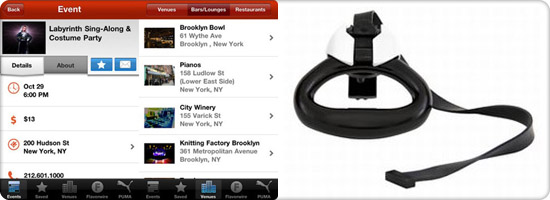
- In November 2010, city guide Flavorpill released an app that covers cultural events in major US cites such as New York, Los Angeles, Chicago, and San Francisco (London, Miami, Las Vegas, and Dallas reportedly coming soon). Puma sponsors the app, so embedded within it are brand promotions featuring giveaways, products and videos.
- In May 2010, New York based Compactix launched The DeskMate, a portable device that allows desk-bound professionals to exercise while they work.

- In December 2010, Ciroc Vodka launched a campaign in New York in association with Sean Combs and NYC DOT. The Safe Rides Program saw Ciroc staff teams distribute pre-paid USD 25 gift cards to consumers that could be redeemed for Metrocards, livery cars or standard yellow taxis.
- To celebrate the holidays and drive sales over Christmas 2010, KFC unveiled the Festive Feast - a campaign that asked consumers to explain why their hometown deserved a visit from KFC's secret Santa carrying USD 20,000 in cash KFC gift cards.

- British Airways' Metrotwin is an online portal which compares and contrasts city 'twins', and as a social utility for time starved, novelty-seeking urbanites living or traveling between the two cites. The site currently features London, New York and Mumbai, providing recommendations for the best neighborhoods, businesses, attractions and places to visit.
- In January 2010, Nike launched its True City iPhone app, which aims to give consumers 'insider' information on six European cities, while also allowing users to share their own tips and delivering exclusive Nike offers and information.
We've had to struggle to stop this Trend Briefing from becoming a book, and yet we're just scratching a single surface of the multi-faceted phenomenon of urbanization here.
For much more beyond the consumer angle, and to better understand the political, economic, industrial, ecological and even psychological implication of the future global urban landscape, check out the UN Habitat's State of the World's Cities 2011 report, Foreign Policy's Global Cities issue, McKinsey's What Matters: Cities or World Policy Journal's Megalopolis: The City of the 21st Century issue.
And while you're immersing yourself in an urban future, start adding a city-angle to your strategies, your innovations, your partnerships, your campaigns. Does your brand have a New York specific strategy yet? London? Singapore? Sao Paulo? Shenzhen? Amsterdam? Cape Town? Taipei? Toronto? Istanbul?
We'll take another look at the endless opportunities that this trend is unleashing later this year, so make sure you've subscribed to our free Trend Briefings. Enjoy!












